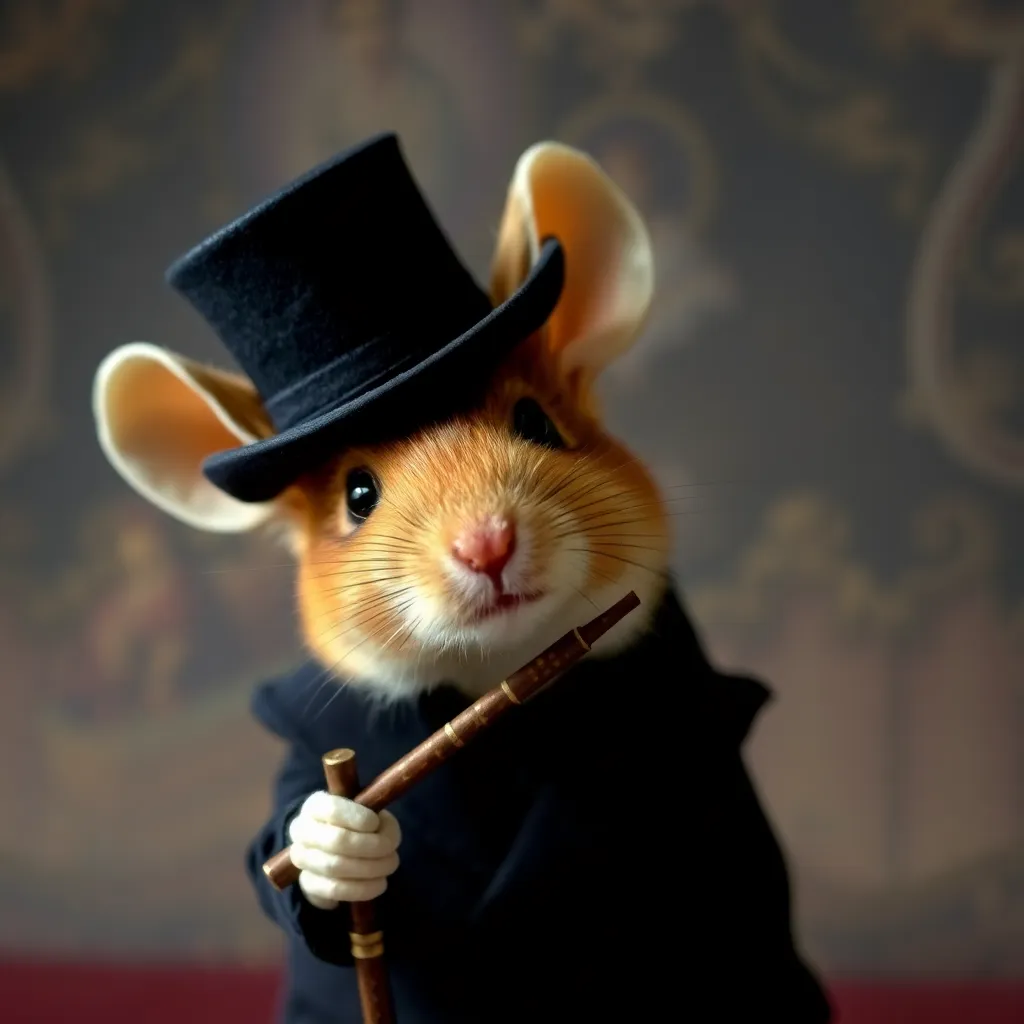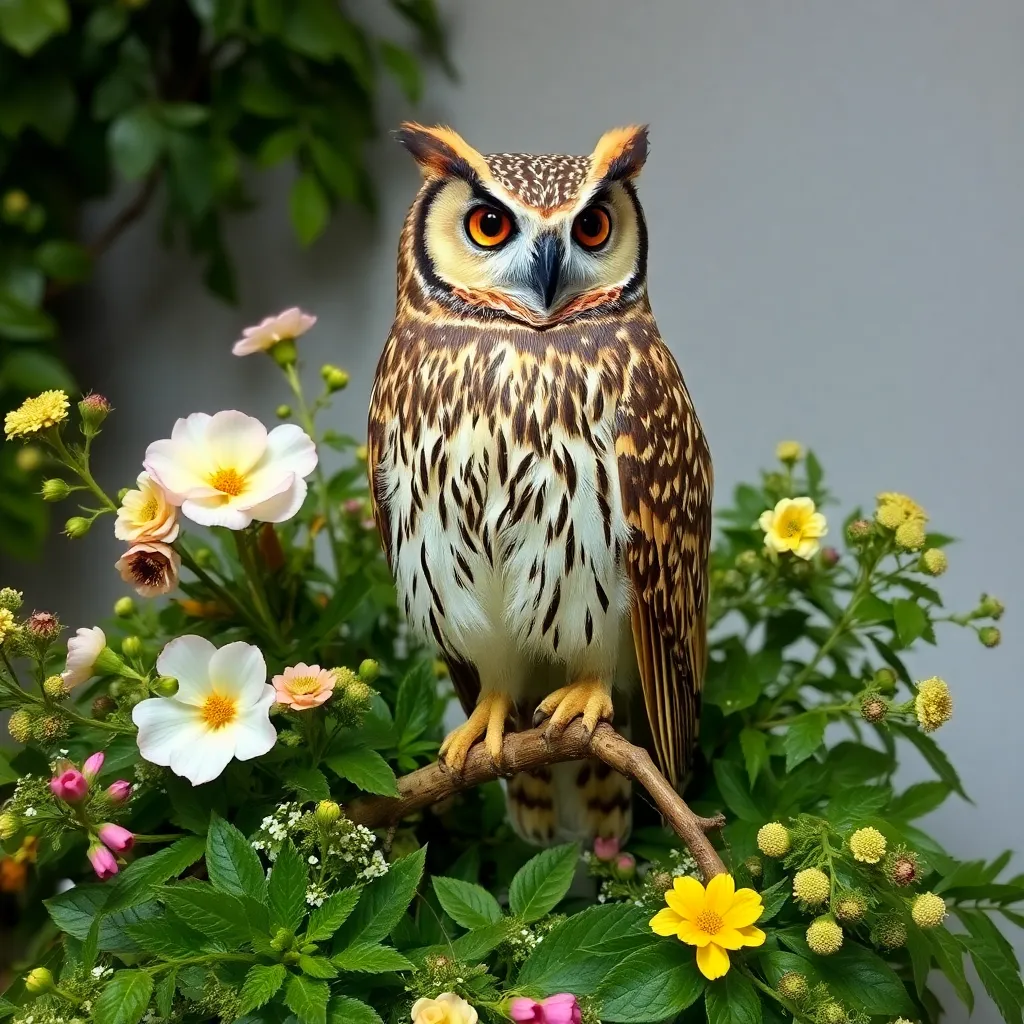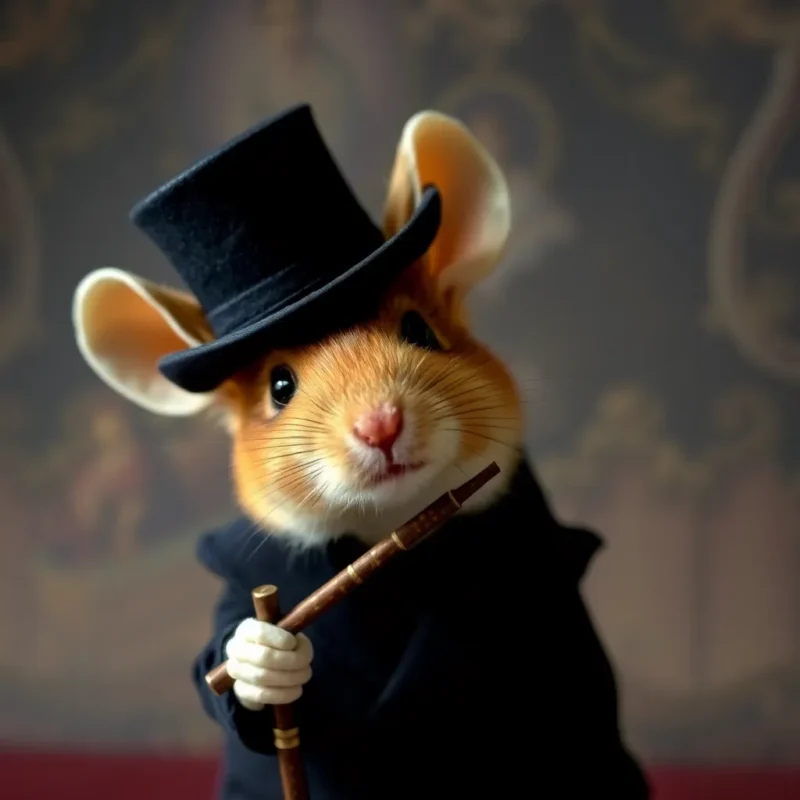Educational
The Taxidermy Renaissance: Why Millennials are Falling in Love with Stuffed Animals
This newfound interest in taxidermy can be attributed to the growing desire among millennials to reconnect with nature and appreciate the beauty of the natural world. In an era dominated by digital technology, taxidermy offers a unique opportunity for individuals to engage with the physical world and develop a deeper understanding of the complexities of life and death. As a result, taxidermy has evolved from a niche hobby to a vibrant community that celebrates creativity, sustainability, and the preservation of natural history.
The modern taxidermy movement is also driven by a sense of nostalgia and a desire to preserve memories. For many, taxidermy serves as a way to honor and remember beloved pets that have passed away, creating a tangible connection to the past. This emotional aspect of taxidermy has contributed to its widespread appeal, with many people seeking out taxidermy services to create unique and meaningful mementos.
In addition to its emotional significance, taxidermy has also become a platform for artistic expression and innovation. Contemporary taxidermy artists are pushing the boundaries of traditional techniques, incorporating new materials and styles to create stunning and thought-provoking pieces. This fusion of art and science has led to the development of a distinct aesthetic that is both fascinating and unsettling, captivating audiences and inspiring a new generation of taxidermy enthusiasts.
As the popularity of taxidermy continues to grow, it’s likely that we’ll see even more innovative and creative applications of this ancient art form. With the rise of online platforms and social media, taxidermy communities are now more accessible than ever, providing a space for enthusiasts to share their work, learn from one another, and showcase their creations to a wider audience. According to the International Guild of Taxidermy, the number of taxidermy enthusiasts has increased significantly over the past decade, with many professional taxidermists reporting a surge in demand for their services (International Guild of Taxidermy). As this trend continues to evolve, it will be exciting to see how taxidermy continues to inspire and influence art, culture, and our relationship with the natural world.
The Allure of the Macabre
The fascination with taxidermy among millennials can be attributed to its unique ability to disrupt the illusion of perfection presented on social media platforms. In an age where curated feeds and edited selfies dominate online interactions, taxidermy’s unapologetic display of death and imperfection serves as a refreshing respite from the artificiality. This contrast is particularly appealing to a generation that values authenticity and craves a deeper connection with reality.
Moreover, taxidermy’s unconventional nature allows individuals to express themselves in a way that defies mainstream norms. By embracing the unusual and the unknown, young people are able to tap into their individuality and showcase their personality in a way that feels more genuine and meaningful. As noted by Psychology Today, the desire for individuality is a fundamental human need, and taxidermy provides a unique outlet for self-expression.
The appeal of taxidermy also lies in its ability to spark conversations and challenge societal norms. By displaying preserved animals in a domestic setting, individuals are able to confront and subvert traditional notions of beauty and mortality. This willingness to engage with the unknown and the unconventional is a hallmark of millennial culture, which often prioritizes experiences and emotional connections over material possessions.

The Art of Preservation
Taxidermy is a unique and fascinating hobby that allows individuals to combine their love of nature and art. The process of preserving and mounting animal specimens requires a great deal of patience, skill, and attention to detail, making it an attractive pursuit for those who value craftsmanship and uniqueness. According to the National Taxidermists Association, taxidermy has been around for thousands of years, with evidence of ancient civilizations practicing the art form (National Taxidermists Association).
One of the most appealing aspects of taxidermy is the ability to appreciate the beauty and complexity of nature in a way that is both lifelike and permanent. By preserving and presenting animals in a naturalistic state, taxidermy enthusiasts can gain a deeper understanding and appreciation of the natural world. This can be especially true for those who are interested in wildlife conservation and education, as taxidermy can be used as a tool to teach people about different species and their habitats.
In addition to its connection to nature, taxidermy also explores the boundaries between life and death. By preserving animals in a lifelike state, taxidermy enthusiasts can create a sense of wonder and awe, while also prompting questions about the nature of mortality and the human relationship with the natural world. This can make taxidermy a thought-provoking and emotionally resonant hobby, one that challenges individuals to think critically about the world around them.
Sustainability and Environmental Awareness
Indeed, taxidermy can play a significant role in promoting sustainability and eco-friendliness. By utilizing animals that have died from natural causes or those sourced from sustainable sources, taxidermists can help reduce waste and support conservation efforts. This approach not only honors the animal’s life but also encourages a culture of respect and appreciation for the natural world. According to the International Union for Conservation of Nature (IUCN), responsible and sustainable use of wildlife resources can contribute to the conservation of species and their habitats.
Moreover, taxidermy can serve as an educational tool, raising awareness about the importance of conservation and the impact of human activities on the environment. By creating lifelike mounts and displays, taxidermists can inspire people to take action and make environmentally conscious choices. As stated by the World Wildlife Fund (WWF), education and awareness are crucial in promoting a culture of sustainability and reducing our ecological footprint.
In addition, taxidermy can also support sustainable livelihoods and local communities. For instance, some taxidermy practices involve collaborating with hunters, trappers, and indigenous communities who rely on wildlife resources for their livelihood. By promoting sustainable hunting and trapping practices, taxidermy can contribute to the conservation of species and support local economies. The Wildlife Conservation Society (WCS) emphasizes the importance of community-based conservation initiatives in protecting wildlife and their habitats.

Community and Connection
The taxidermy community’s strong sense of camaraderie is a significant factor in its appeal, particularly among millennials. By sharing their passion for taxidermy, enthusiasts can form lasting connections with like-minded individuals who understand and appreciate their unique interest. This sense of belonging is essential for fostering a sense of identity and purpose, which is often a driving force behind people’s hobbies and interests.
Online forums and social media platforms have played a crucial role in facilitating connections within the taxidermy community. Websites such as Reddit’s r/Taxidermy, with over 130,000 members, provide a space for enthusiasts to share their work, ask questions, and offer advice. Similarly, online marketplaces like Etsy have made it easier for taxidermy artists to showcase and sell their creations, further fueling the growth of the community.
In addition to online platforms, workshops and exhibitions offer opportunities for taxidermy enthusiasts to meet in person, learn from one another, and showcase their skills. These events often feature demonstrations, lectures, and hands-on training sessions, allowing attendees to refine their techniques and stay up-to-date with the latest trends and best practices in the field. According to the International Guild of Taxidermy, there are numerous taxidermy competitions and exhibitions held annually around the world, catering to both amateur and professional taxidermists.
The creative expression and sense of accomplishment that come with mastering taxidermy have contributed significantly to its growing popularity among millennials. As noted by the Guardian, many young people are drawn to taxidermy as a way to express their individuality and challenge traditional notions of beauty and art. By embracing this unique hobby, millennials can tap into their creative potential, develop new skills, and connect with a community that shares their passion.
Conclusion: Embracing the Unconventional
The resurgence of taxidermy as a popular hobby and art form is a reflection of the millennial generation’s desire for uniqueness and self-expression. This fascination with the unconventional is not limited to taxidermy, as seen in the rise of alternative fashion and beauty trends, such as tattoos and piercings (Psychology Today). By embracing these unconventional interests, millennials are redefining traditional notions of creativity and individuality.
The taxidermy renaissance also speaks to the growing importance of sustainability and eco-friendliness among younger generations. As concerns about climate change and waste management continue to mount, taxidermy offers a unique way to repurpose and honor deceased animals, rather than allowing them to go to waste (National Geographic). This emphasis on sustainability is likely to continue shaping the taxidermy movement as it evolves.
Furthermore, the taxidermy community’s emphasis on connection and storytelling highlights the importance of human relationships and emotional connections in the digital age. By preserving and honoring the lives of animals, taxidermy enthusiasts are able to tap into a deeper sense of empathy and understanding, fostering a sense of community and shared experience (The Atlantic). As the taxidermy movement continues to grow, it will be interesting to see how it influences our understanding of human connection and emotional intelligence.

